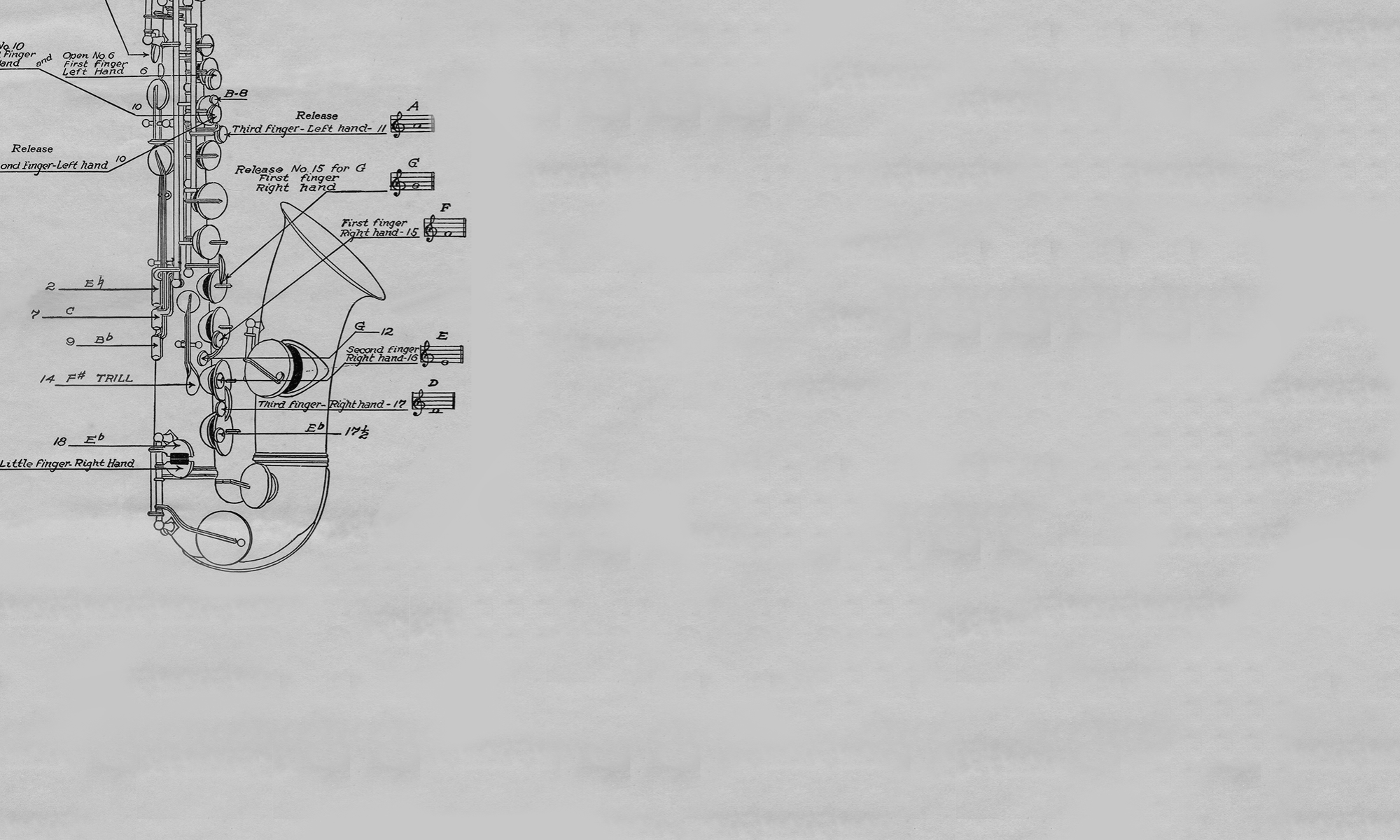from the James Edward Myers Sheet Music Collection

Rudy C. Wiedoeft (1893-1940) composed his ragtime tune, Saxarella, in 1923. At the time it was one of his lesser-known works even though he recorded it numerous times for the Zonophone, Brunswick, and Victor sound recording companies between 1923 and 1925. The tune features many of Wiedoeft’s performance techniques, which include rapidly articulated melodic passages, long legato phrasing played against syncopated rhythms, and blistering double- and triple-tonguing. His recordings of this piece also feature his unique vibrato and use of glissandi, which he referred to as an “Oriental effect.” Like Tom Brown, Wiedoeft was also well-known for his moaning and crying sound efforts on the saxophone.
During the late 1910s and 1920s, Wiedoeft was one of the country’s greatest virtuosos of the saxophone. While the C-melody alto saxophone was his principle horn, he was equally adept playing on the B-flat and E-flat soprano, alto, and tenor instruments. In 1914, he began intensively studying the saxophone while still living with his parents in Los Angeles. Three years later, he formed the Frisco ‘Jass’ Band and moved to New York City, and began composing and performing his own solos. After renaming the ensemble “Rudy Wiedoeft’s Californians,” he began recording ragtime pieces featuring the saxophone.
